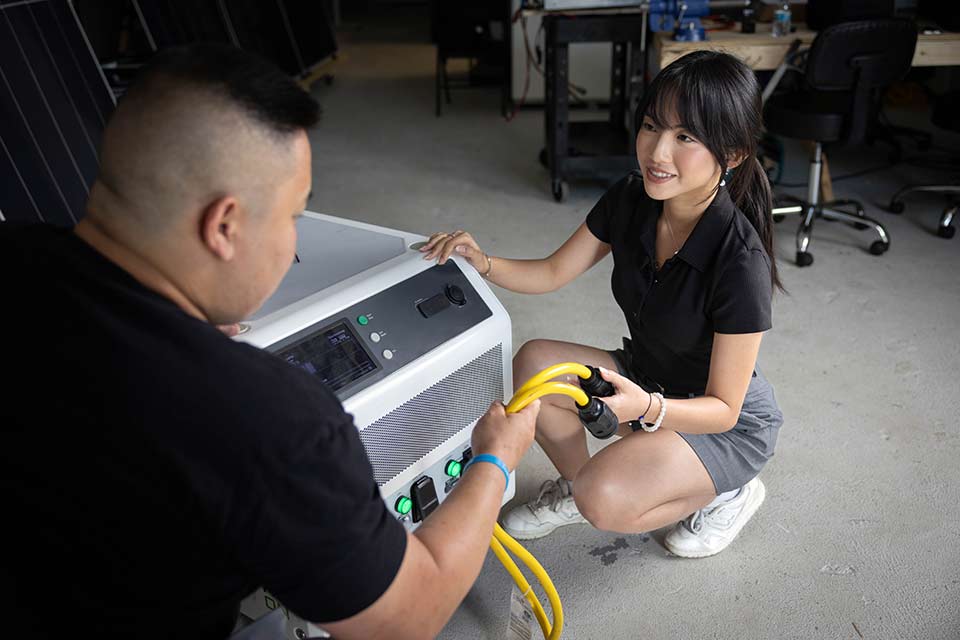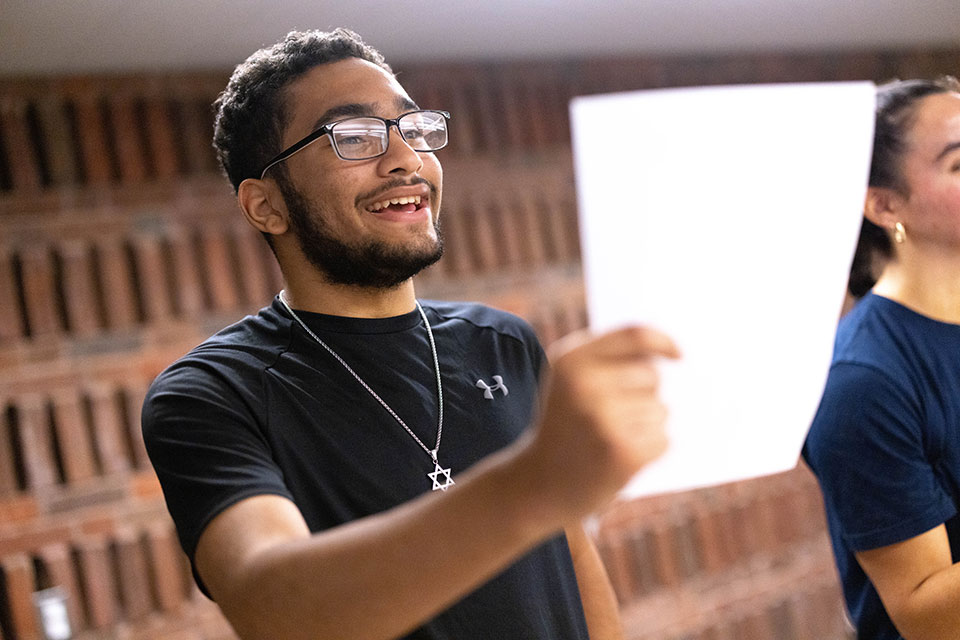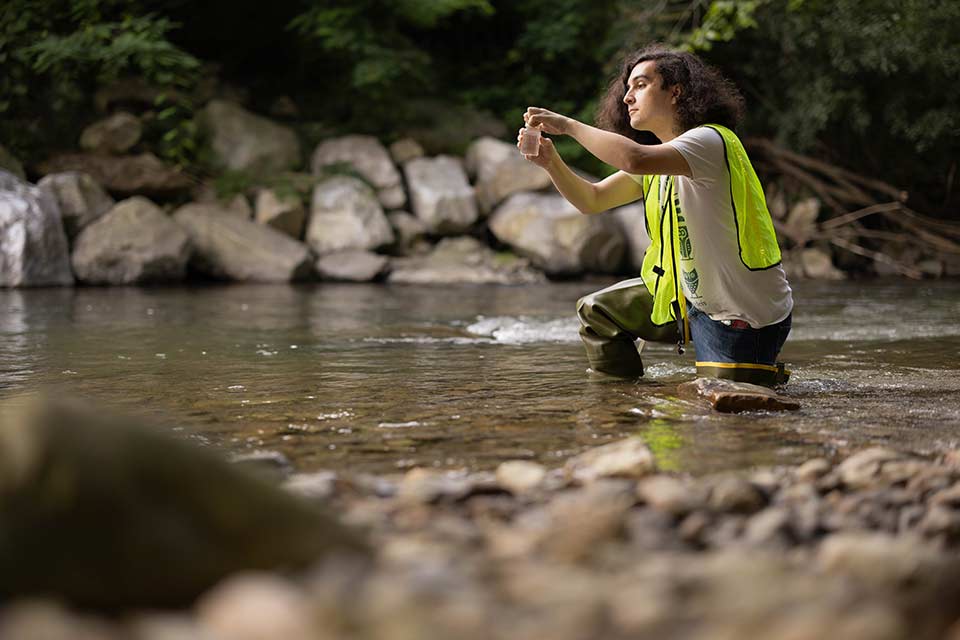Charting new waters in ocean science
Greg Roitbourd ’26 is using acoustic technology to study ecosystems in the North Atlantic — and finding his sea legs in the process.
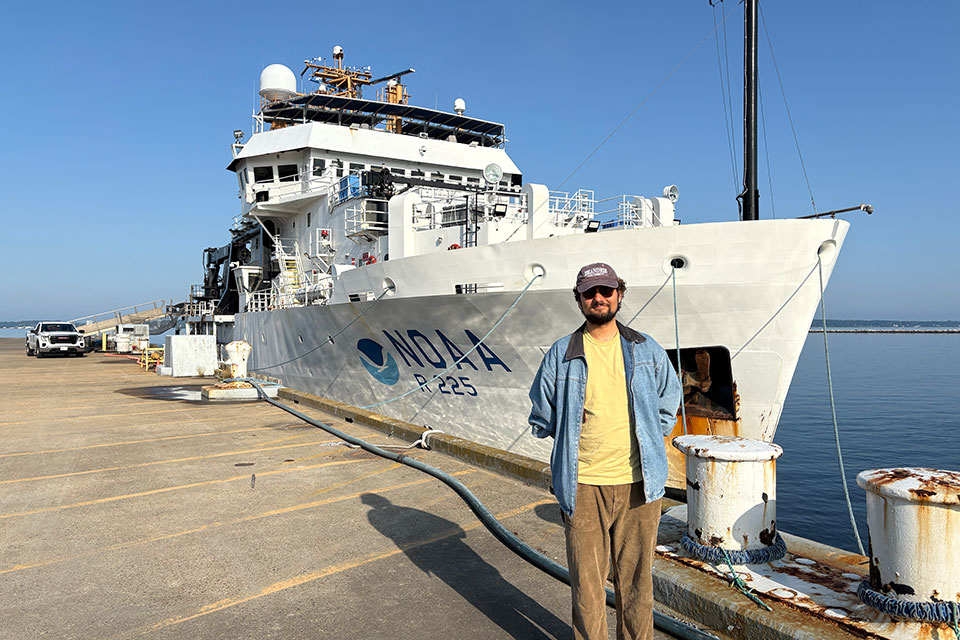
By David Levin
Photography by NOAA Fisheries/Greg Roitbourd
August 4, 2025
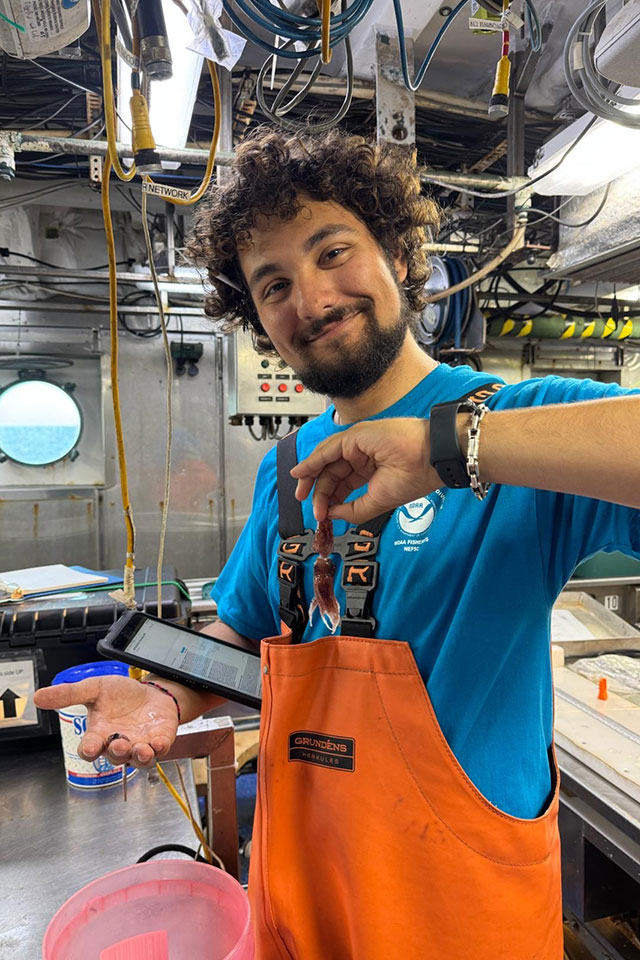
Watch: A Day in the Life
Spend a day at sea with Greg R. ’26 as he documents his internship experience aboard a NOAA research ship.
Video Transcript
Growing up in Coney Island, Greg Roitbourd ’26 experienced Hurricane Sandy not just as a news event, but as a life-altering force. The storm, which flooded the first three floors of his apartment building, left his community without power for weeks. Its devastating aftermath on his neighborhood left him with a passion for environmental advocacy.
“I saw that as humans we totally messed up the Earth — and it’s our responsibility to fix it, or else it's going to be too late,” he says.
A physics major at Brandeis, Roitbourd says he’s determined to use his skills in the field to better understand the planet. Through an internship with the National Oceanic and Atmospheric Administration’s (NOAA) Northeast Fisheries Science Center in Woods Hole, Massachusetts, he’s combining both of these passions.
Under the mentorship of NOAA biologist Mike Jech, Roitbourd is analyzing acoustic data from the North Atlantic to map the distribution of sand lance — small, eel-like fish that serve as crucial parts of the marine food web. By tracing how these fish respond to human activity in the ocean, scientists can also assess the environmental impact of large projects like offshore power production, Roitbourd notes.
“This was a great opportunity to look at how physics — specifically the physics of sound — can be used within environmental science,” he says.
The internship also provided experiences that took him far outside his normal comfort zone. Although Roitbourd expected to spend his summer behind a desk on dry land, his NOAA mentor immediately invited him on a two-week research cruise to study beaked whales. Roitbourd, who worked the night shift with the expedition’s “prey team,” soon found himself sorting through hundreds of fish specimens, learning to identify deep-sea dwellers he'd only seen in video games.
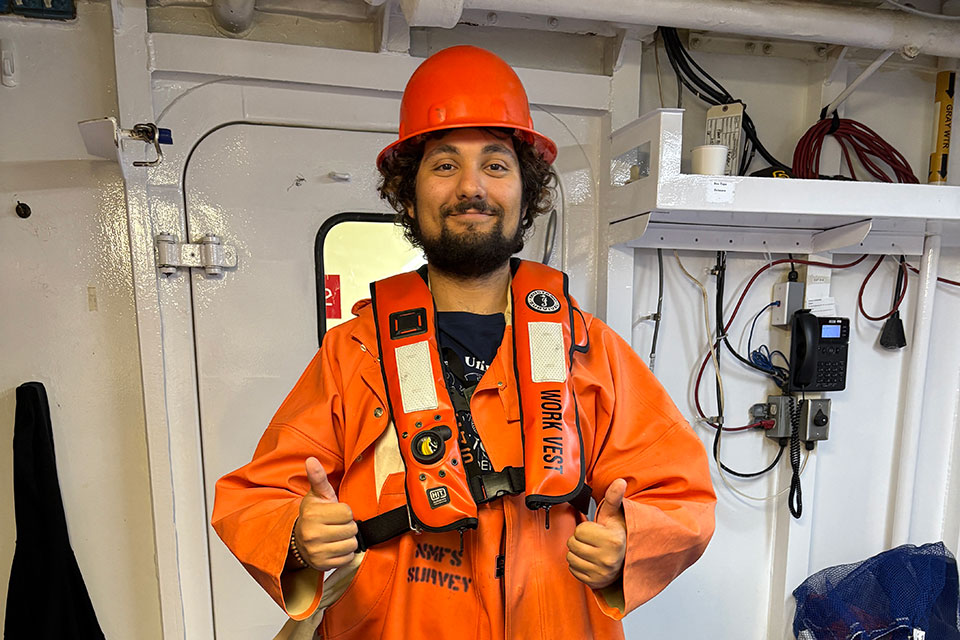
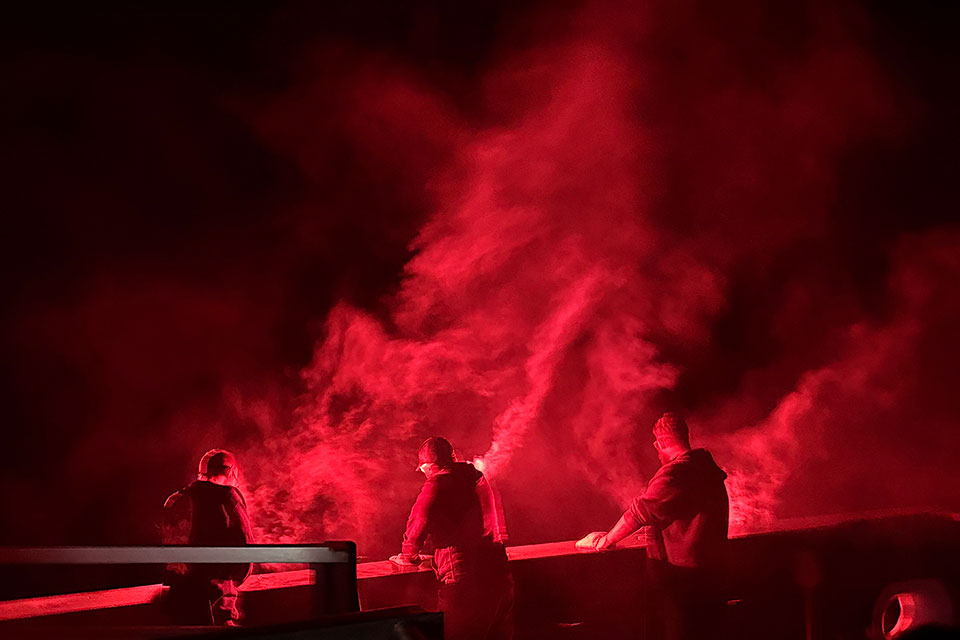
“I saw an oar fish for the first time, and the only time I've ever heard about that is from ‘Animal Crossing,’” he recalls. “As a kid, I always imagined species like angler fish to be the size of trucks. But in reality, it’s this small, little thing the size of your palm. It was incredible. When I was growing up in the city, I'd just see pigeons and rats.”
Roitbourd is ending his first sea voyage and hands-on internship with a newfound confidence. The experience is already starting to shape his post-graduation plans toward graduate school, and may even steer him toward a career in climate and ocean research. For other students considering similar paths, his advice is simple: “Don't be afraid to try new things. Being open minded to new experiences and having a willingness to learn is important. If I hadn't given myself the push, I wouldn't have had this experience, I wouldn't have learned all of these things, and wouldn't have met all these people.”
Roitbourd’s internship was funded by NOAA’s Hollings scholarship, which is awarded annually to students seeking careers in oceanic and atmospheric science, research, technology and education.
Brandeis undergraduates who undertake unpaid internships in such fields as social justice, Jewish service, politics, public service and more may pursue a World of Work fellowship, a competitive grant that helps reduce financial obstacles, offered through the Hiatt Career Center.
